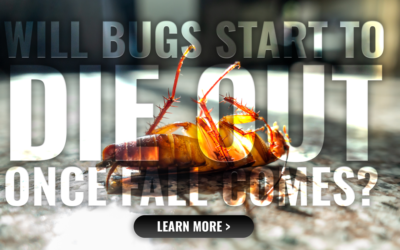Fleas aren’t any fun. They’re small, they’re quick to spread, and by the time you know they’re there – they’re everywhere! Texas is no stranger to a wide variety of fleas, and each spring these little pests tend to come back with a vengeance. So how do you get rid of fleas? More importantly, how do you prevent them? What kind of fleas do we typically deal with in Texas? Ultimately, how do you prevent having to ask the question “How do I get rid of fleas?” That’s what we’ll talk about in this post. How to prevent fleas, what kind of environments are conducive to fleas, and if they do happen to get past you – how to get rid of them. We not only want to help our customers prevent pest infestations but also help educate people on how to minimize the impacts these pests can have on our lives.
What kind of fleas are there in Texas?
Texas is home to quite a few types of fleas; typically known by the animal they are most commonly associated with – but we’ll see how that’s not always the case! There are dog fleas, cat fleas, chicken fleas, rat fleas, and even human fleas! There’s even a flea that prefers birds, but it’s called the sticktight flea! Ironically, only one of these pests is the flea we most often encounter in our day-to-day lives and it may not be your first guess! It’s the cat flea. The cat flea doesn’t just bother cats. Just about any kind of wildlife is a suitable habitat for this pest. The vast majority of fleas you’ll find on dogs are actually cat fleas. Fortunately, they aren’t too interested in living on humans, but they won’t hesitate to bite us when they make their way onto us (often from handling their current host animal).
How to prevent flea infestations?
It’s common knowledge that most of the fleas we encounter typically come from our four-legged family members. We’ve written about the relationship between fleas and our pets before, and it’s a serious issue. Pet owners spend a great deal of time and money each year attempting to prevent their pets from becoming infested by fleas and thereby preventing their homes from becoming a secondary target of these pests. So, besides the animals, they feed from, what attracts fleas? Like most animals, fleas thrive in certain environments.
Fleas:
- Thrive between temperatures of 65-80°F
- Prefer humidity levels between 75-85%
- Will produce and spread more quickly in brush and overgrown grass
- Are more common in areas with high populations of wildlife
So, besides treating your animals for fleas – what can you do to prevent them from becoming a problem around your home and property? Many people assume as long as their pets are covered, they won’t have a flea problem. The problem there is although you’re preventing fleas from infesting your animals, they can still live and thrive around your yard and property. Especially if you live in rural or less developed areas where there’s plenty of natural space for wildlife. One thing you can do to prevent fleas is to maintain the areas your animals frequent. Make sure there aren’t any areas with excessive moisture or overgrowth. If you’re in a situation where you don’t have pets you could have a wildlife problem.
All of these situations can be prevented by a well-rounded pest control plan provided by professionals who have seen it all. The folks at 855Bugs offer simple, hands-off solutions to prevent you and your family from ever having to deal with pests – including the small ones like fleas and bed bugs. The Don’t Bug Me Plan is a great solution to pest problems you may experience.




